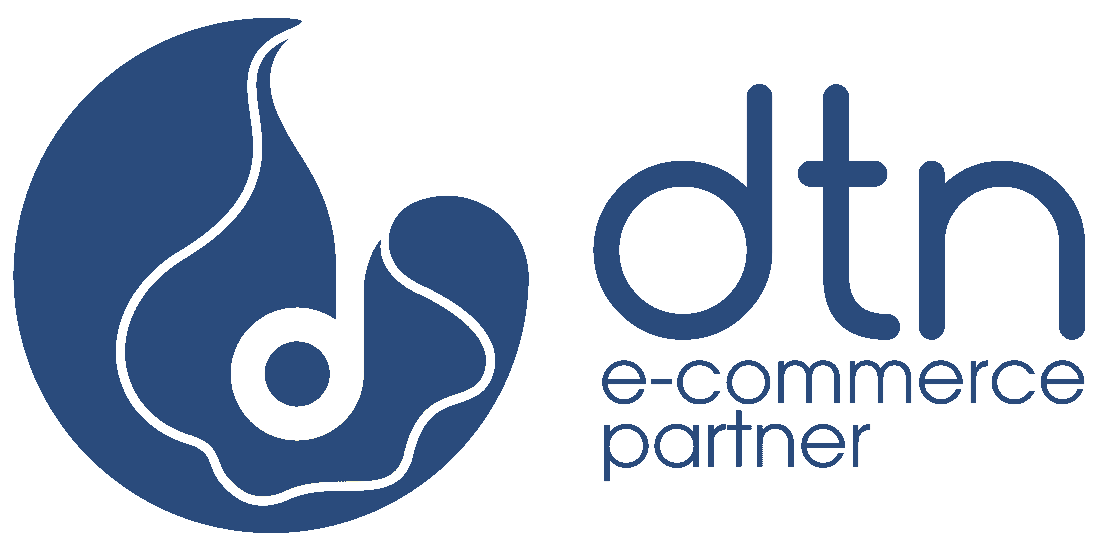In the digital era, your website serves as the virtual equivalent of your physical storefront, acting as the primary platform where potential customers discover information about your business, offerings, and services. That’s why it’s crucial to track and analyze your website traffic to understand how people are interacting with your site and what you can do to improve their experience.
Table of Contents
Why is Tracking Website Traffic Important?
Tracking website traffic provides valuable insights into:
- Who is visiting your site: Demographics, location, devices used
- What pages they’re visiting: Popular content, bounce rates
- How they’re finding your site: Search engines, social media, referrals
- What actions they’re taking: Conversions, downloads, sign-ups
This information helps you:
- Optimize your website: Improve user experience, increase conversion rates
- Target your marketing efforts: Reach the right audience with the right message
- Identify growth opportunities: Expand your reach, generate more leads
![]()
How to Track Website Traffic
There are several tools available to track website traffic, including:
- Google Analytics: The most popular free analytics tool, providing comprehensive data and reporting
- Hotjar: A paid tool that offers heatmaps, session recordings, and other advanced features
- Clicky: A real-time analytics tool with customizable dashboards and alerts
- StatCounter: A simple and affordable analytics tool with basic reporting features
![]()
Key Metrics to Analyze
Once you have a tracking tool in place, there are several key metrics to analyze:
- Traffic volume: Total number of visitors to your site
- Unique visitors: Refer to the count of distinct individuals who have visited a website within a specific timeframe, regardless of the number of times they may have visited during that period.
- Pageviews: Number of pages viewed by visitors
- Bounce rate: Percentage of visitors who leave your site after viewing only one page
- Conversion rate: Is a metric used in online marketing to measure the percentage of website visitors who complete a desired action, such as making a purchase
- Average time on page: Amount of time visitors spend on a specific page
![]()
Using Traffic Data to Improve Your Website
Once you have analyzed your website traffic data, you can use it to make improvements to your site, such as:
- Improving user experience: Identify pages with high bounce rates and optimize them for clarity and ease of navigation
- Optimizing content: Determine which pages are most popular and create more content that aligns with your audience’s interests
- Targeting marketing efforts: Use demographic and location data to target your marketing campaigns to the right people
- Identifying growth opportunities: Explore new traffic sources or create new content to attract more visitors
![]()
Conclusion
Tracking and analyzing website traffic is essential for understanding how people interact with your site and for making data-driven decisions to improve your website and marketing efforts. By using the tools and metrics described in this guide, you can gain valuable insights into your audience and optimize your website for success.
Frequently Asked Questions
We’ve compiled a list of answers to common questions.
Why is tracking website traffic important for businesses?
What are some key metrics to analyze when tracking website traffic?
I’m concerned about the timezone difference and language barrier.
Some key metrics to analyze when tracking website traffic include traffic volume, unique visitors, pageviews, bounce rate, conversion rate, and average time on page. These metrics provide valuable insights into the performance of your website and the behavior of your visitors.
How can businesses use website traffic data to improve their websites?
Businesses can use website traffic data to make data-driven decisions to improve their websites in several ways. For example, they can identify pages with high bounce rates and optimize them for better user experience, create more content based on the interests of their audience, target marketing campaigns to specific demographics, and explore new traffic sources or content ideas to attract more visitors.
What are some popular tools for tracking website traffic?
Some popular tools for tracking website traffic include Google Analytics, Hotjar, Clicky, and StatCounter. These tools offer various features and capabilities, ranging from basic traffic metrics to advanced analytics and user behavior tracking, allowing businesses to gather comprehensive data about their website visitors.
How can businesses effectively analyze website traffic data to make informed decisions?
To effectively analyze website traffic data, businesses should regularly review key metrics, look for trends and patterns, compare performance over time, and identify areas for improvement. It’s also essential to consider the context of the data and align it with business goals to make informed decisions that drive growth and success.



